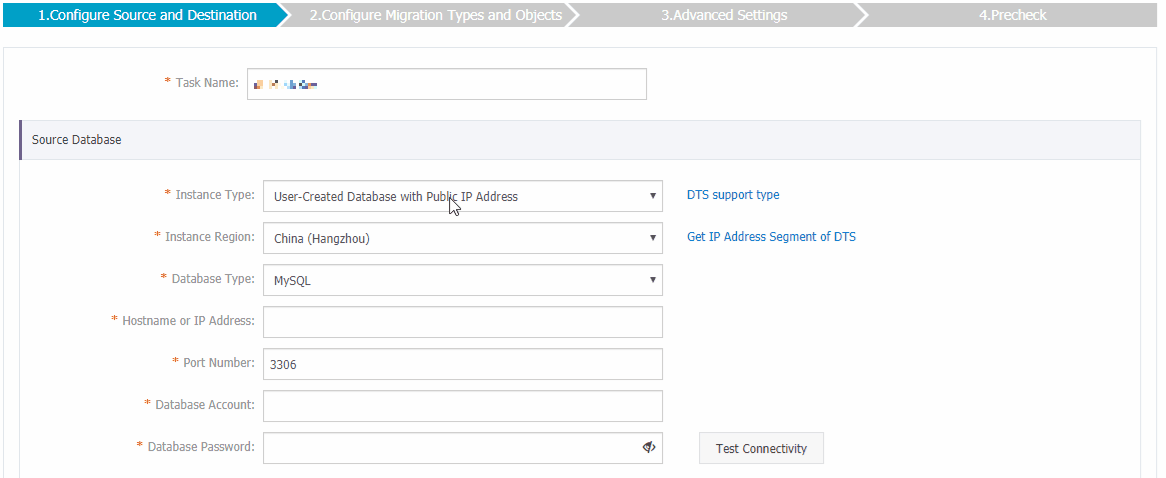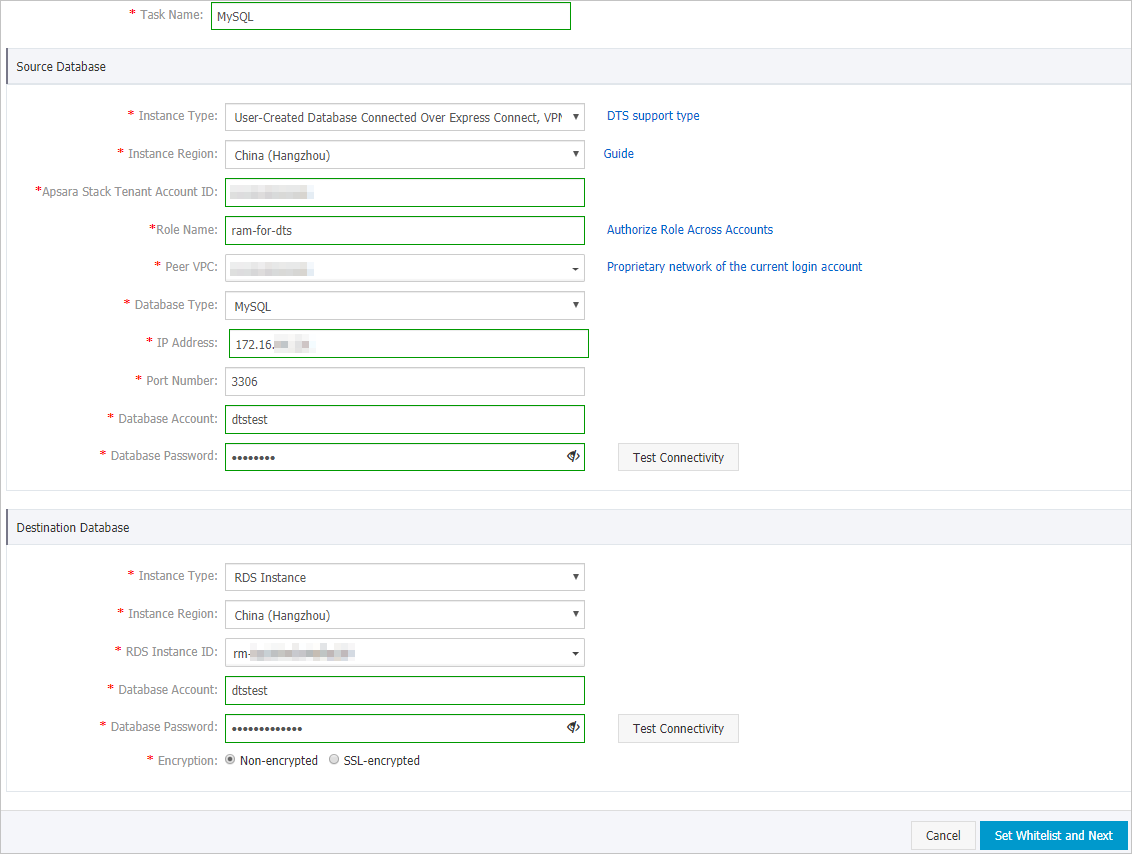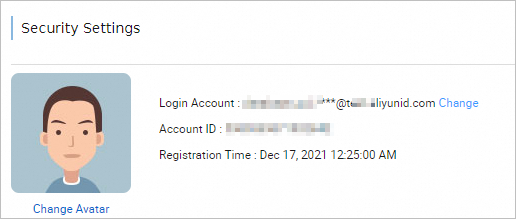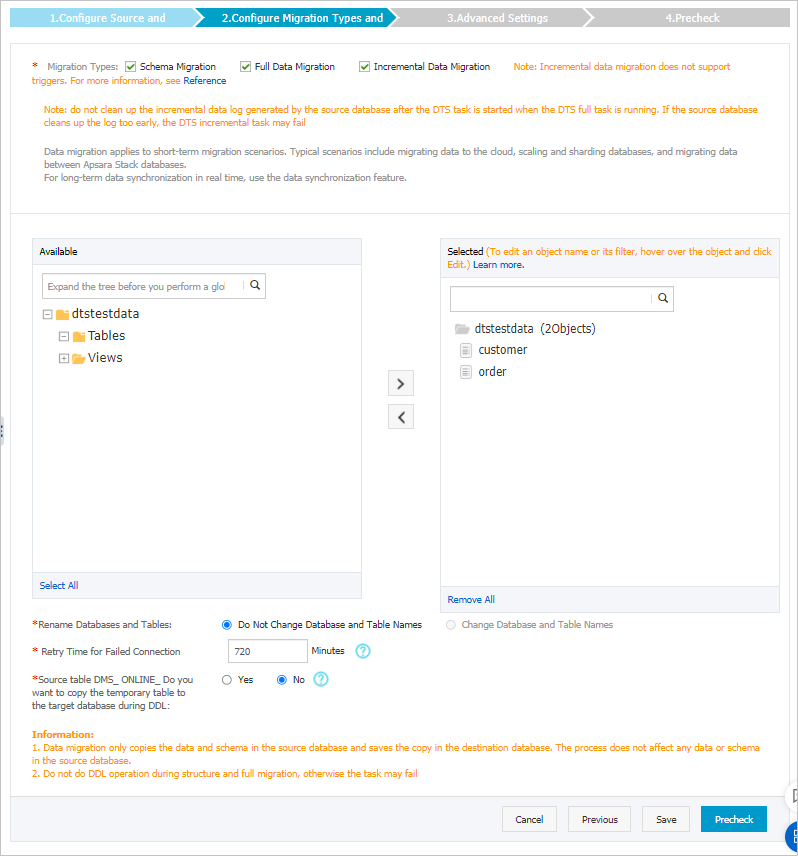| Setting | Description |
| Select the migration types | - To perform only full migration, select Schema Migration and Full Data Migration.
- To ensure service continuity during data migration, select Schema Migration, Full Data Migration, and Incremental Data Migration.
Note If Incremental Data Migration is not selected, we recommend that you do not write data to the source database during data migration. This ensures data consistency between the source and destination databases. |
| Select the objects to be migrated | Select one or more objects from the Available section and click the  icon to move the objects to the Selected section. icon to move the objects to the Selected section. Note - You can select columns, tables, or databases as the objects to be migrated.
- By default, after an object is migrated to the destination database, the name of the object remains unchanged. You can use the object name mapping feature to rename the objects that are migrated to the destination database. For more information, see Object name mapping.
- If you use the object name mapping feature to rename an object, other objects that are dependent on the object may fail to be migrated.
|
| Specify whether to rename objects | You can use the object name mapping feature to rename the objects that are migrated to the destination instance. For more information, see Object name mapping. |
| Specify the retry time for failed connections to the source or destination database | By default, if DTS fails to connect to the source or destination database, DTS retries within the next 720 minutes (12 hours). You can specify the retry time based on your needs. If DTS reconnects to the source and destination databases within the specified time, DTS resumes the data migration task. Otherwise, the data migration task fails. Note When DTS retries a connection, you are charged for the DTS instance. We recommend that you specify the retry time based on your business needs. You can also release the DTS instance at your earliest opportunity after the source and destination instances are released. |
| Specify whether to copy temporary tables to the destination database when DMS performs online DDL operations on the source table | If you use Data Management (DMS) to perform online DDL operations on the source database, you can specify whether to migrate temporary tables generated by online DDL operations. - Yes: DTS migrates the data of temporary tables generated by online DDL operations.
Note If online DDL operations generate a large amount of data, the data migration task may be delayed. - No: DTS does not migrate the data of temporary tables generated by online DDL operations. Only the original DDL data of the source database is migrated.
Note If you select No, the tables in the destination database may be locked.
|
 Elastic Compute Service (ECS)
Elastic Compute Service (ECS)
 Container Compute Service (ACS)
Container Compute Service (ACS)





 icon in the lower-right corner to go to the previous version of the DTS console.
icon in the lower-right corner to go to the previous version of the DTS console.



 icon to move the objects to the Selected section.
icon to move the objects to the Selected section.  icon next to each failed item to view details.
icon next to each failed item to view details. 






















